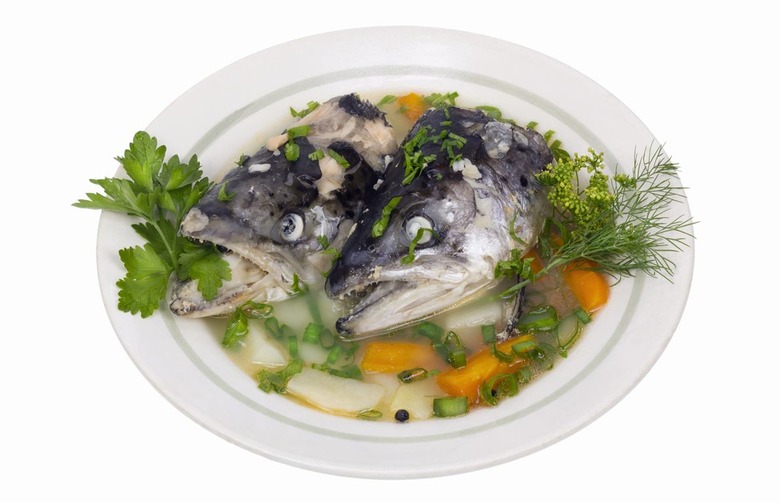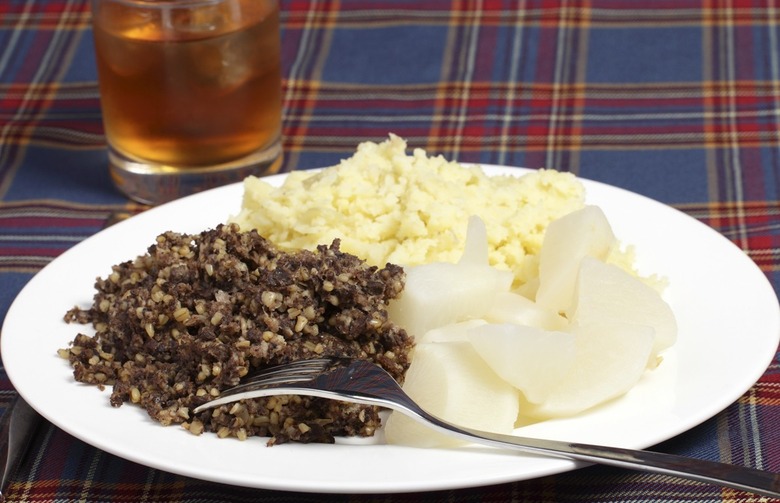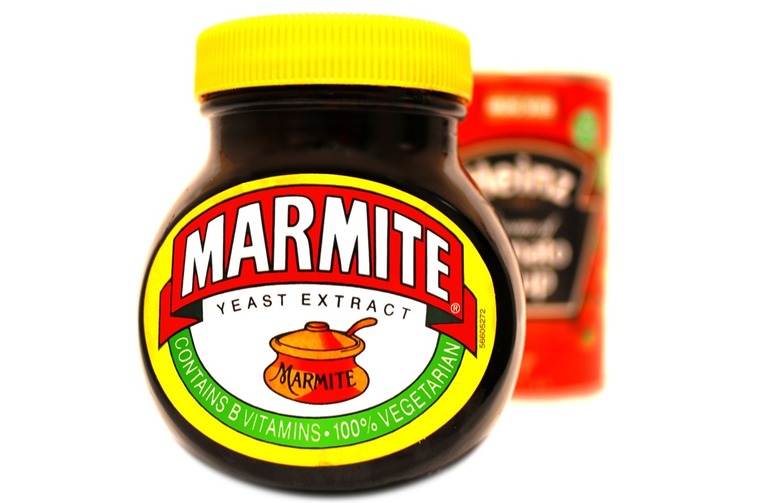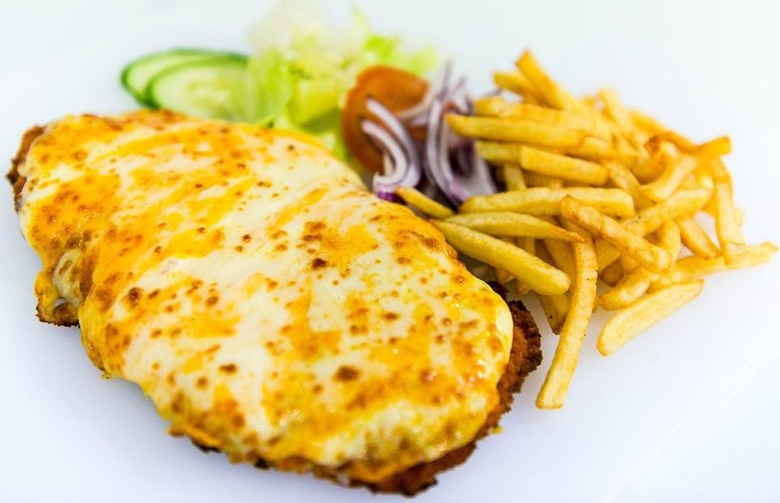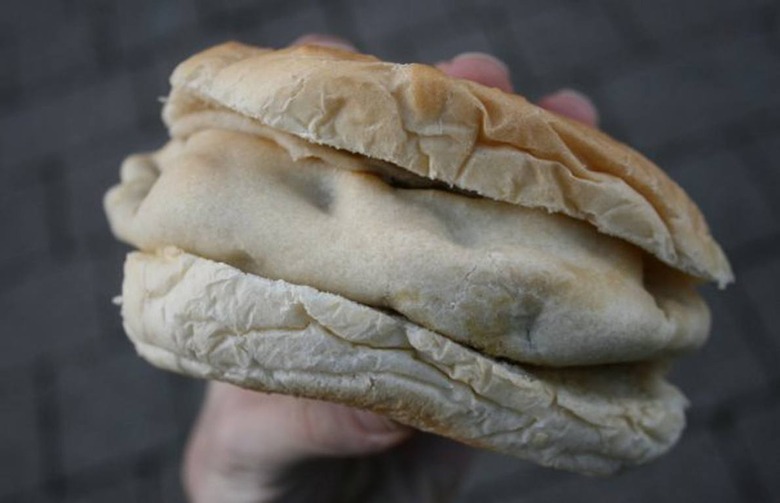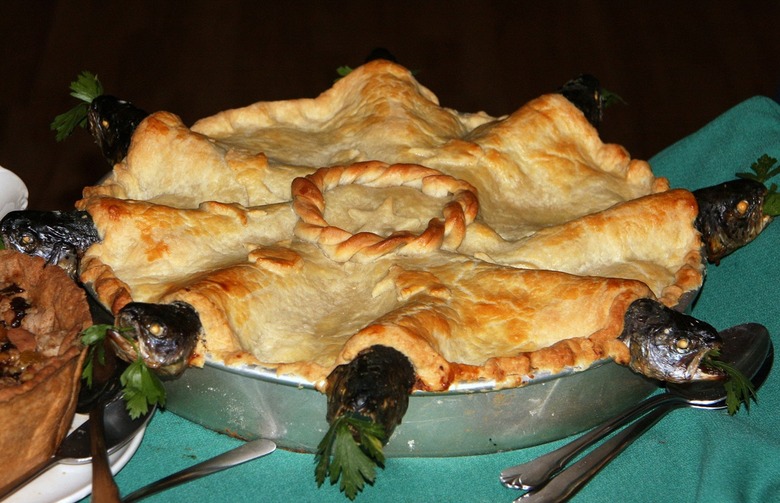10 British Foods Americans Just Don't Understand Slideshow
William and Kate. Doctor Who. Fish and chips. The way they say "telly" when they mean "television." Simon Cowell. Phrases like "bloody hell." Americans have been fascinated by the British forever, whether for their self-deprecating sarcasm or or their Cadbury chocolates. We've rounded up 10 British foods, both regional specialties and commonplace offerings that we just don't understand – from "pasty barm" to jellied eels. And that's not to mention the fearsome haggis, the curiously named stargazy pie, or the rather unpleasant-sounding crappit heids.
Black Pudding
Black pudding is a traditional dish eaten in England, Scotland, Ireland, and, under other names, various other countries. It is simply congealed pig's or cow's blood, mixed with oatmeal or breadcrumbs as a binder, flavored with spices and onions, and stuffed into a casing. To those who haven't grown up with the dish, it can be intimidating, though it's really quite delicious. Black pudding can be eaten in thick slices, crumbled, or whole (like a sausage).
Chip Butty
It's a bizarre name, but the food's contents itself seems like it would be the average American's dream if we'd just give it a chance. Butter two slices of white bread, carefully arrange some thick fries ("chips" if you're British) in the middle, add some vinegar or ketchup, and enjoy.
Crappit Heids
Haggis
This classic Scottish dish, also popular in northern England, is a sort of coarse pâté or sausage made from sheep organs like heart, lungs, and liver, which can often put off Americans not used to the idea. The offal is then mixed with oatmeal, suet, and seasonings, and the mixture is traditionally boiled inside a sheep's stomach (or, today, more likely packed in plastic).
Jellied Eels
The traditional cockney dish has always been a favorite in London but recently has spread to northern Ireland and Scotland (is America next? Don't hold your breath). The eels, boiled and then set in their own gelatin, are traditionally a street food eaten from a bowl and sprinkled with hot chile vinegar.
Laverbread
This traditional Welsh specialty is made from laver, an especially nutritious type of seaweed, which is cooked into a paste. Americans may find it unappetizing at first due to its slimy, greenish-black appearance, but the dish is rich in protein, iron, and vitamin B12.
Marmite
Parmo
This Northern English late-night (or any time of day) snack consists of deep-fried breaded chicken covered in liberal amounts of béchamel sauce and Cheddar cheese. Other toppings can include bacon, pepperoni, garlic sauce, and even more cheese — and fries (again, "chips" if you're British) always come with it. Picture a super-sized chicken parm without the bread; it's so big, it usually comes in a pizza box.



